
Edinburgh is the capital city of Scotland and one of its 32 council areas. The city was historically part of the county of Midlothian, but was administered separately from the surrounding county from 1482 onwards. It is located in Lothian on the southern shore of the Firth of Forth. Edinburgh is Scotland's second-most populous city, after Glasgow, and the seventh-most populous city in the United Kingdom.
National Portrait Gallery may refer to:

Queensferry, also called South Queensferry or simply "The Ferry", is a town to the west of Edinburgh, Scotland. Traditionally a royal burgh of West Lothian, it is administered by the City of Edinburgh council area. It lies ten miles to the north-west of Edinburgh city centre, on the shore of the Firth of Forth between the Forth Bridge, Forth Road Bridge and the Queensferry Crossing. The prefix South serves to distinguish it from North Queensferry, on the opposite shore of the Forth. Both towns derive their name from the ferry service established by Queen Margaret in the 11th century, which continued to operate at the town until 1964, when the Road Bridge was opened.
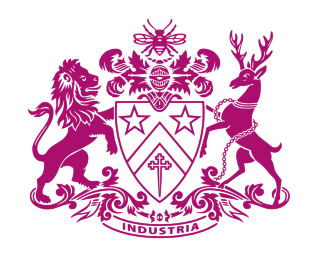
Fettes College is a co-educational independent boarding and day school in Edinburgh, Scotland, with over two-thirds of its pupils in residence on campus. The school was originally a boarding school for boys only and became co-ed in 1983. In 1978 the College had a nine-hole golf course, an ice-skating rink used in winter for ice hockey and in summer as an outdoor swimming pool, a cross-country running track and a rifle shooting range within the forested 300-acre grounds. Fettes is sometimes referred to as a public school, although that term was traditionally used in Scotland for state schools. The school was founded with a bequest of Sir William Fettes in 1870 and started admitting girls in 1970. It follows the English rather than Scottish education system and has nine houses. The main building, called the Bryce Building, was designed by David Bryce.

Dalmeny House is a Gothic revival mansion located in an estate close to Dalmeny on the Firth of Forth, to the north-west of Edinburgh, Scotland. It was designed by William Wilkins, and completed in 1817. Dalmeny House is the home of the Earl and Countess of Rosebery. The house was the first in Scotland to be built in the Tudor Revival style. It provided more comfortable accommodation than the former ancestral residence, Barnbougle Castle, which still stands close by. Dalmeny today remains a private house, although it is open to the public during the summer months. The house is protected as a category A listed building, while the grounds are included in the Inventory of Gardens and Designed Landscapes in Scotland.
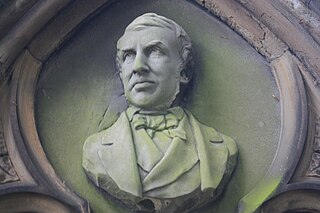
John Hill Burton FRSE was a Scottish advocate, historian and economist. The author of Life and Correspondence of David Hume, he was secretary of the Scottish Prison Board (1854–77), and Historiographer Royal (1867–1881).

North Terrace is one of the four terraces that bound the central business and residential district of Adelaide, the capital city of South Australia. It runs east–west, along the northern edge of "the square mile". The western end continues on to Port Road, and the eastern end continues across the Adelaide Parklands as Botanic Road.
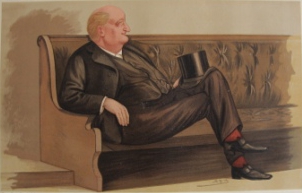
Sir John Hay Athole Macdonald, Lord Kingsburgh, KCB, PC, PRSSA, FRS, FRSE was a Scottish Conservative Party politician and later a judge.
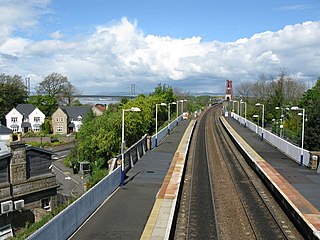
Dalmeny railway station is a railway station serving the towns of Dalmeny and South Queensferry, about 8 miles (13 km) west of Edinburgh city centre. It is on the Fife Circle Line, located just south of the Forth Bridge.

Dalmeny is a village and civil parish in Scotland. It is located on the south side of the Firth of Forth, 1 mile (1.6 km) southeast of South Queensferry and 8 miles (13 km) west of Edinburgh city centre. It lies within the traditional boundaries of West Lothian, and falls under the local governance of the City of Edinburgh Council.

Torrens Parade Ground, which includes the former Torrens Training Depot and Drill Hall, is a former military facility located in Adelaide, South Australia.

Our Lady of Pochayiv and St Andrew's Ukrainian Catholic Church is situated on Dalmeny Street, Leith in Edinburgh. It is one of the few Ukrainian Greek Catholic parish churches in Scotland. It is a church in the only Eastern Catholic eparchy in Great Britain, the Ukrainian Catholic Eparchy of the Holy Family of London. It is a Category B listed building.

Nathan Coley is a contemporary British artist who was shortlisted for the Turner Prize in 2007 and has held both solo and group exhibitions internationally, as well as his work being owned by both private and public collections worldwide. He studied Fine Art at Glasgow School of Art between 1985 and 1989 with the artists Christine Borland, Ross Sinclair and Douglas Gordon amongst others.
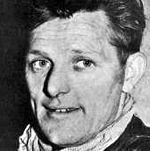
Jack Ellis Young was a Motorcycle speedway rider who won the Speedway World Championship in 1951 and 1952. He also won the London Riders' Championship 1953 and 1954 and was a nine time South Australian Champion between 1948 and 1964.
William Birnie Rhind RSA (1853–1933) was a Scottish sculptor.

Barnbougle Castle is a historic tower house on the southern shore of the Firth of Forth, between Cramond and Queensferry, and within the parish of Dalmeny. It lies within the Earl of Rosebery's estate, just north-west of Dalmeny House. Although its history goes back to the 13th century, the present castle is the result of rebuilding in 1881 by the 5th Earl of Rosebery, who served as Prime Minister from 1894 to 1895.

The Dalmeny Street drill hall in Edinburgh, was built as a military drill hall in 1901, and between 2003 and 2010 was redeveloped as community arts and education centre under the name TheOut of the Blue Drill Hall. The drill hall is protected as a category A listed building.

Frank Lewis Worthington Simon was a British architect working in the Arts and Crafts style. In Scotland, he was sufficiently noteworthy as to be commissioned by Queen Victoria to remodel Balmoral Castle In later life he worked in Canada and is best remembered for the Manitoba Legislative Building.
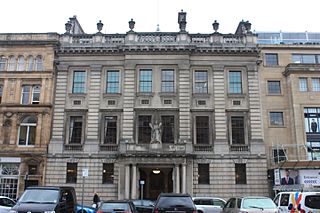
Alexander Hunter Crawford (1865–1945) was a Scottish architect and businessman. Closely associated with his father's firm of Crawford's Biscuits he designed many biscuit factories, and became owner of the company in 1931. Many of his villas are now listed buildings. His masterpiece is probably the huge Masonic Lodge on George Street in Edinburgh.

Hepburn House, also known as East Claremont Street Drill Hall, is a military installation in Edinburgh.

















